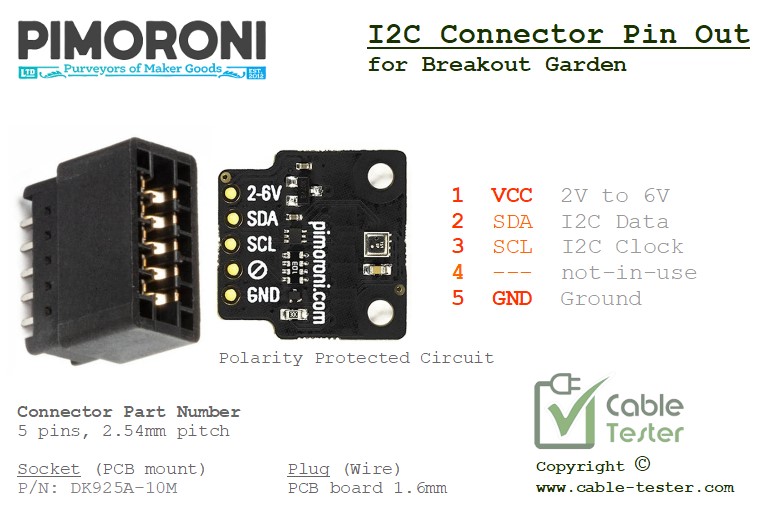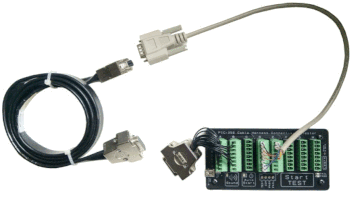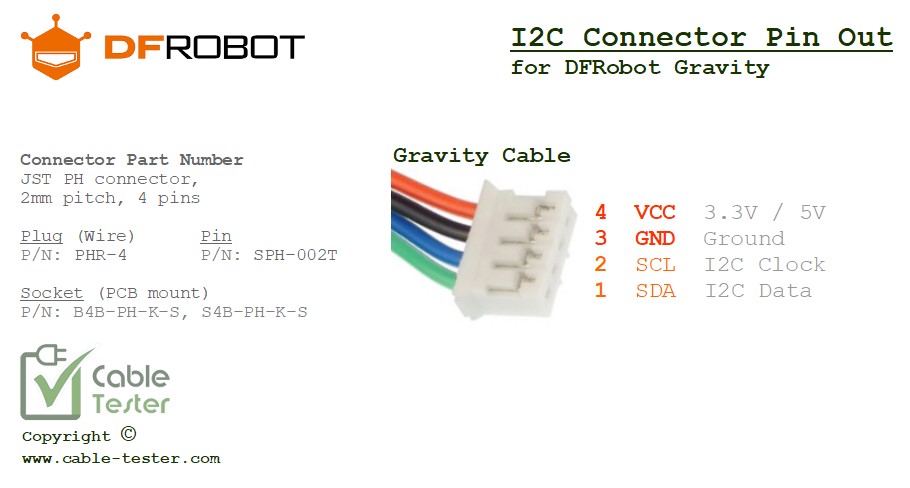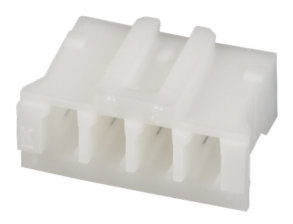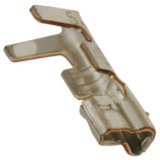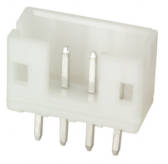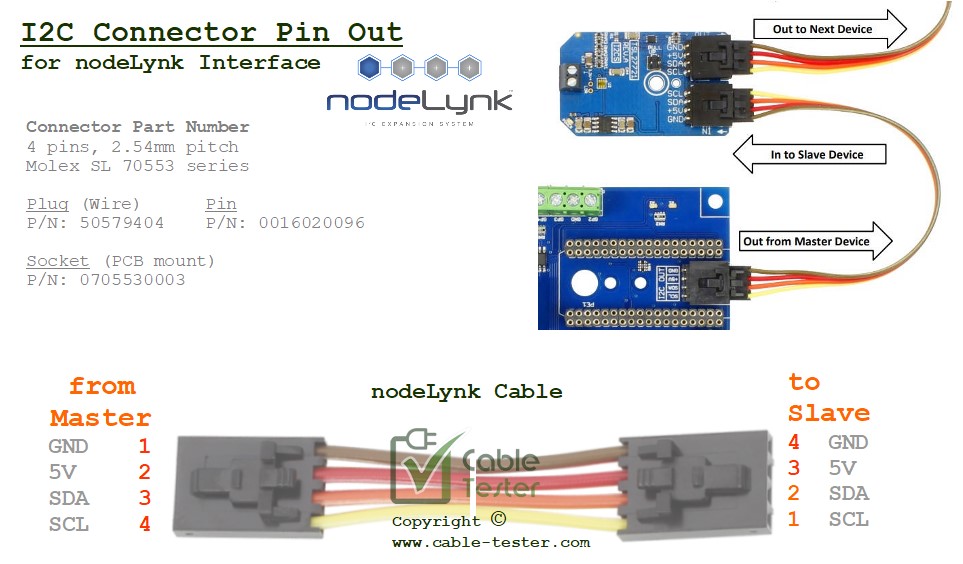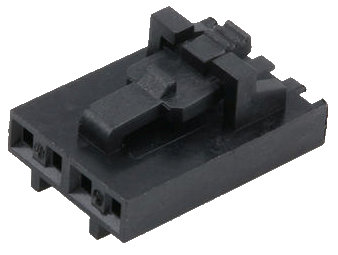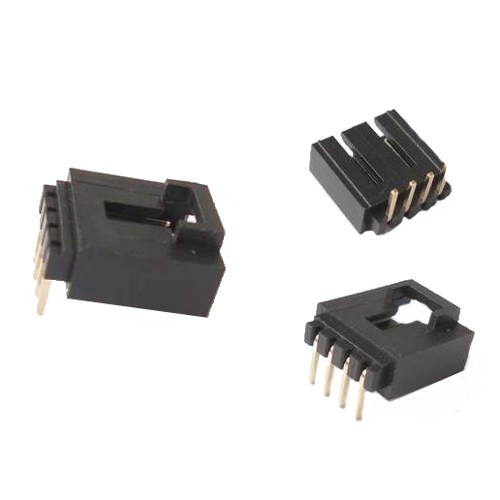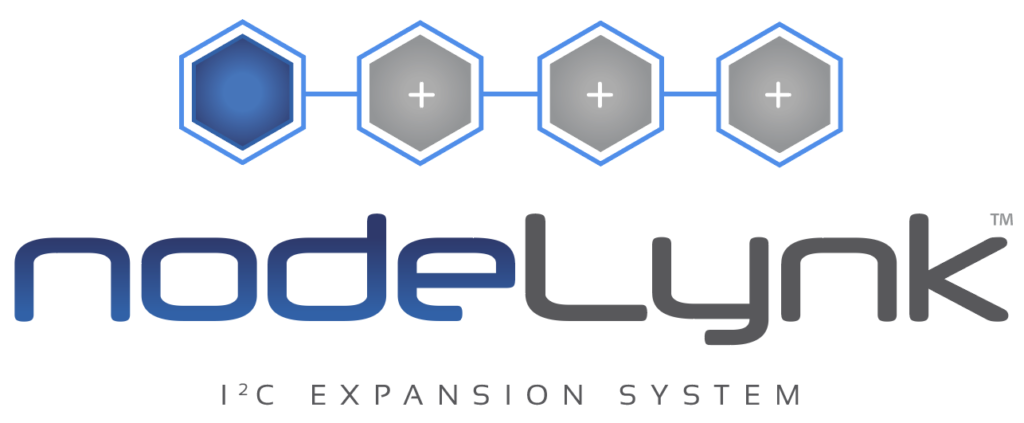Breakout Garden Introduction
Breakout Garden – Effortless I²C Expansion
Breakout Garden by Pimoroni makes it incredibly simple to add sensors, displays, and drivers to your Raspberry Pi. No soldering, no breadboards — just plug a breakout board into a slot and start experimenting.
What is Breakout Garden?
Breakout Garden is a plug-and-play hardware ecosystem built around the I²C bus. Instead of wiring up pins manually, you just insert a breakout board into a slot with a standard pinout.
- Designed for Raspberry Pi (HATs and pHATs available)
- Uses I²C and SPI slots (today we’ll focus on I²C)
- Slots are keyed, so you can’t plug things in the wrong way
- Compatible with dozens of Pimoroni breakout boards
Breakout Garden I²C Pinout
Each I²C slot on Breakout Garden uses a 5-pin connector arranged as:
- Pin 1 – 3V3 Power
- Pin 2 – SDA (I²C Data)
- Pin 3 – SCL (I²C Clock)
- Pin 4 – INT (Interrupt / Optional)
- Pin 5 – GND (Ground)
⚡ Tip: Most I²C breakouts only use the four pins (3V3, SDA, SCL, GND). The INT pin is for boards that need interrupt signalling (e.g., IMU sensors). The keyed socket ensures you can’t insert a board backwards — it’s foolproof I²C expansion.
Why Breakout Garden?
- 🌱 No soldering – boards just slot in
- 🌱 Foolproof design – keyed connectors prevent mistakes
- 🌱 Hot-swappable – swap sensors without rebooting
- 🌱 Huge ecosystem – dozens of Pimoroni breakouts ready to go
Breakout Garden connector details
The Breakout Garden socket is a 5-pin female connector designed for plug-and-play breakouts.
The sockets are 0.1″ pitch, 5 pin connectors for their Breakout Garden slots.
Socket
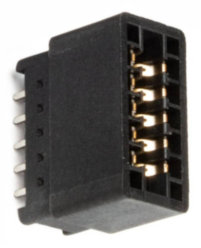
Edge Connector
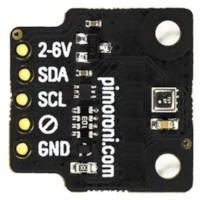

Check out our best seller general purpose Cable Tester tool.
Other I2C Connector Standard.
You may also be interested in other i2c connector standard available on the market. Click here.

